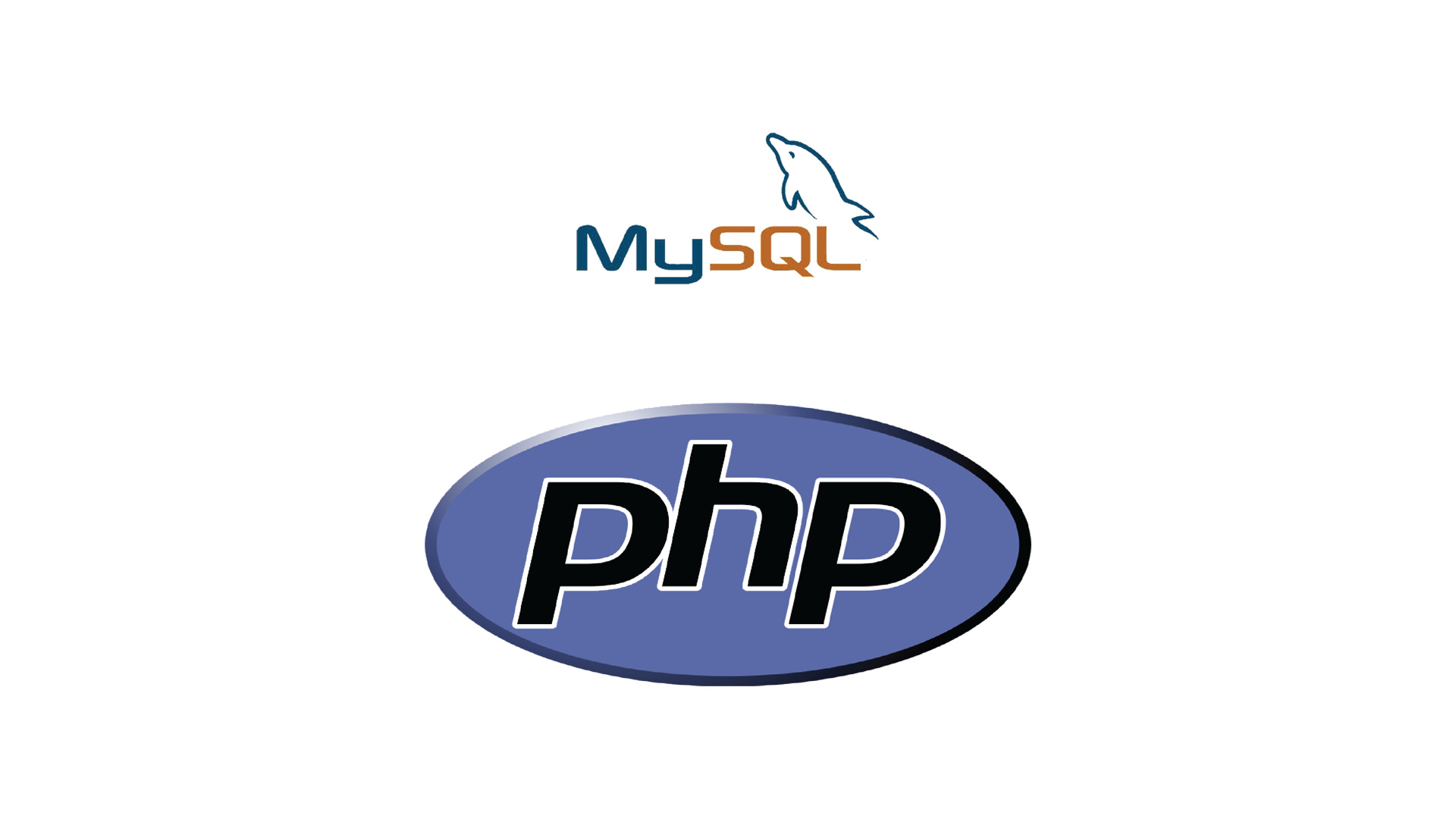Prioritize User Experience (UX):
User experience remains a cornerstone of effective SEO. Search engines, particularly Google, now heavily favor websites that offer seamless navigation, quick loading times, and mobile responsiveness. Crafting websites with an emphasis on UX not only enhances search engine rankings but also ensures visitors have a positive interaction with the site.
Optimize for Core Web Vitals:
Core Web Vitals have become a crucial aspect of SEO, focusing on metrics like Largest Contentful Paint (LCP), First Input Delay (FID), and Cumulative Layout Shift (CLS). Prioritize optimizing these aspects to provide users with a smoother and more engaging browsing experience, ultimately contributing to improved search rankings.
Content Quality and Relevance:
Quality, relevant content continues to be a key factor in SEO success. Ensure that your website offers well-researched, authoritative, and up-to-date content. Content that answers user queries comprehensively and aligns with search intent is more likely to rank higher in search engine results.
E-A-T (Expertise, Authoritativeness, Trustworthiness):
Google’s emphasis on E-A-T underscores the importance of establishing expertise, authoritativeness, and trustworthiness. Websites should showcase industry knowledge, authoritative backlinks, and trust signals such as secure connections to bolster their credibility in the eyes of search engines.
Embrace Semantic Search:
The shift towards semantic search means that search engines now understand context and user intent better. Craft content that addresses user queries in a natural, conversational manner, utilizing relevant keywords and providing comprehensive information.
Structured Data and Schema Markup:
Implement structured data and schema markup to provide search engines with additional context about your content. This can result in enhanced visibility through rich snippets, improving click-through rates and establishing your website as a reliable source of information.
Mobile-First Design:
With mobile devices dominating internet usage, Google has adopted mobile-first indexing. Prioritize mobile responsiveness to ensure that your website functions seamlessly across various devices, providing users with a consistent and enjoyable experience.
Voice Search Optimization:
The rise of voice-activated devices has led to an increase in voice searches. Optimize your content for natural language queries and focus on providing concise, direct answers to cater to the preferences of voice search users.
Local SEO Strategies:
Local SEO is gaining prominence, especially for businesses targeting specific geographic areas. Ensure your website includes relevant local keywords, business information, and positive reviews to improve visibility in local search results.
Regularly Update and Maintain:
Search engines favor websites that are regularly updated and well-maintained. Keep your content fresh, fix broken links, and address technical issues promptly to demonstrate the ongoing relevance and reliability of your website.
Conclusion:
In the ever-evolving landscape of SEO, aligning your website creation strategies with the latest trends is vital for success. By prioritizing user experience, optimizing for Core Web Vitals, creating high-quality content, embracing semantic search, utilizing structured data, adopting mobile-first design, optimizing for voice search, implementing local SEO strategies, and maintaining your site regularly, you can navigate the SEO landscape effectively and position your website for higher rankings and increased visibility.




























